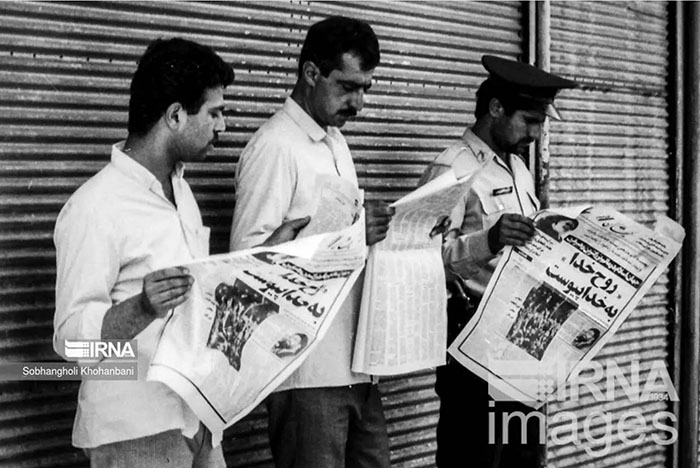Revolution and Overthrow of the Shah
By the late 1970s, opposition to the Shah had reached a fever pitch. Economic discontent, political repression, and cultural alienation under Westernization policies had alienated wide swaths of Iranian society. Khomeini’s messages, smuggled into Iran via cassette tapes and pamphlets, galvanized millions. Despite being in exile, he emerged as the central figure of the revolution, uniting religious scholars, students, leftist intellectuals, and bazaar merchants under a shared anti-Shah sentiment.
The revolutionary tide culminated in January 1979, when the Shah fled Iran. Khomeini returned from exile on February 1, 1979, to a hero’s welcome, greeted by millions of jubilant supporters. Just days later, the monarchy collapsed, and Khomeini assumed power as the undisputed leader of the new Islamic Republic.
Establishment of the Islamic Republic
Following the revolution, Iran held a national referendum in March 1979, in which over 98% reportedly voted in favor of establishing an Islamic Republic. A new constitution was drafted later that year, codifying Velayat-e Faqih as the supreme political doctrine. Khomeini was appointed Supreme Leader (Rahbar), granting him authority over all branches of government, the military, and media.
The Islamic Republic soon embarked on a campaign to Islamize society: alcohol was banned, women were required to wear the hijab, secular universities were purged, and Islamic courts were reestablished. Khomeini’s government also launched a brutal crackdown on opposition, including leftist groups, liberals, monarchists, and members of religious minorities who opposed the regime.

